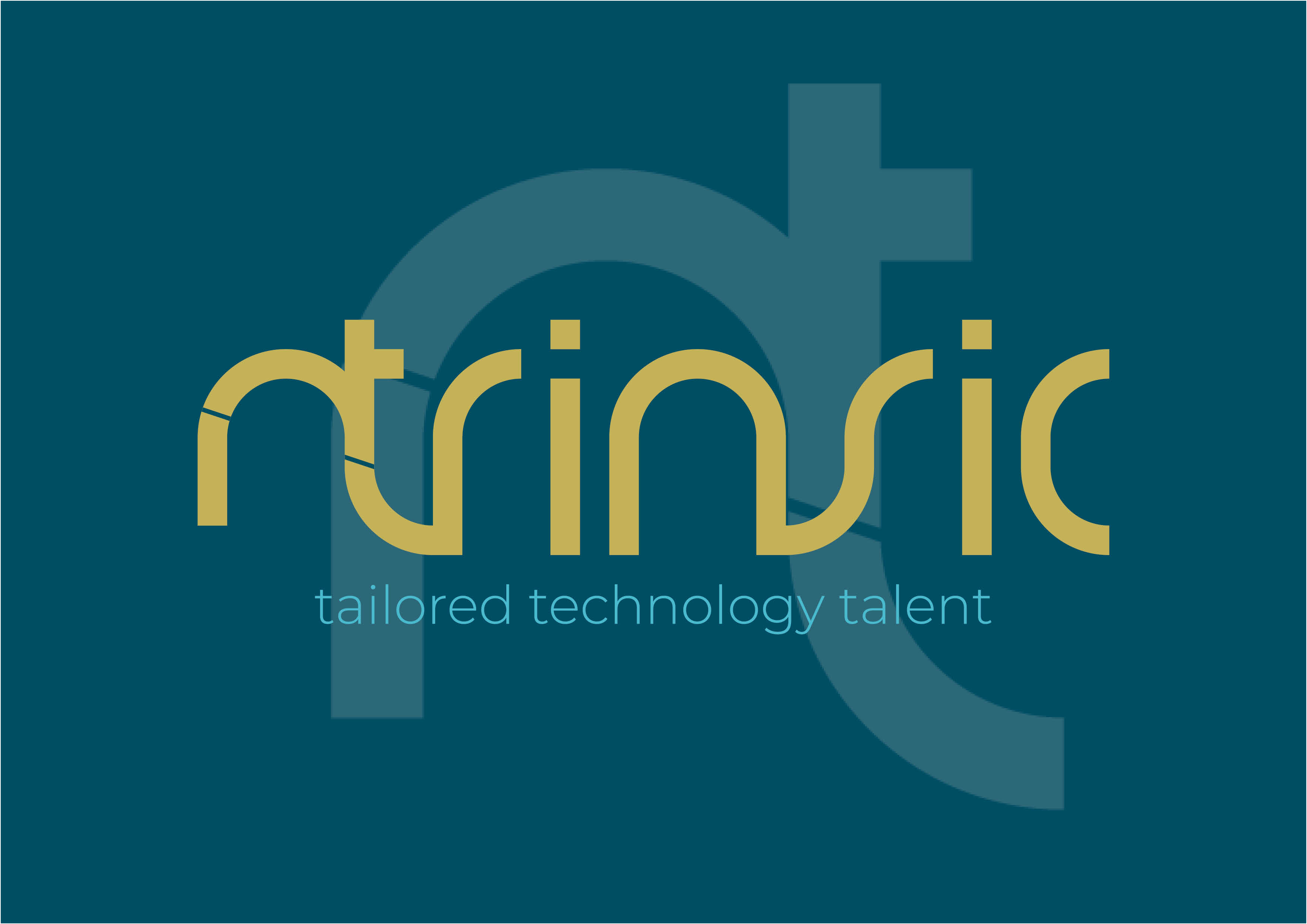
Filling the Skills Gap in the Technology Sector
17 Sep, 20201.5The technology sector is constantly developing and evolving. Due to advances in AI, the ever...

The technology sector is constantly developing and evolving. Due to advances in AI, the ever-changing nature of jobs within the industry means that there is currently a skills gap that employers are trying to fill.
The top skills in demand break down into cybersecurity (54%), business intelligence and data management (41%), and software development (35%). Businesses are facing issues with candidates lacking the skills or experience for roles, and they are also finding that skills shortages depend on region. For example, it is expected that skill shortages will be higher in the East of England for these types of roles, with mid-management level positions being the most affected. Due to this skills gap, employers are having to find new ways to tackle their recruitment issues. 64% of employers have taken to hiring interim professionals to fill skills gaps on a temporary basis, 45% are either increasing the workloads of their current team or upskilling their junior staff to take on further workload, but 11% are declining jobs or projects due to skills shortages.
It is clear that businesses have to take strategic approaches to solve the skills gap problem. Many employers realise that technology professionals want a competitive salary, but also non-monetary benefits, such as flexible working and learning opportunities. Upskilling your current workforce with large-scale training programs could limit the repetitive cycle of hiring and re-hiring new people with the skills you need. Constantly developing your digitally skilled employees to keep up with the latest advances in the technology industry will help fill the skills gap but also enhance employee engagement within your business. For entry-level positions, however, a different approach may be needed. By giving students broader access to professional apprenticeships or training programmes, they will have the opportunity to develop the skills and experience the technology needed to close the skills gap, as well as diversifying an organisation with a spread of experienced hires, graduates and apprentices.
If employers pay attention to the requirements of the area they work in, as well as take a multi-levelled approach to skills shortages, they will be able to attract and maintain the skilled professionals they need.



